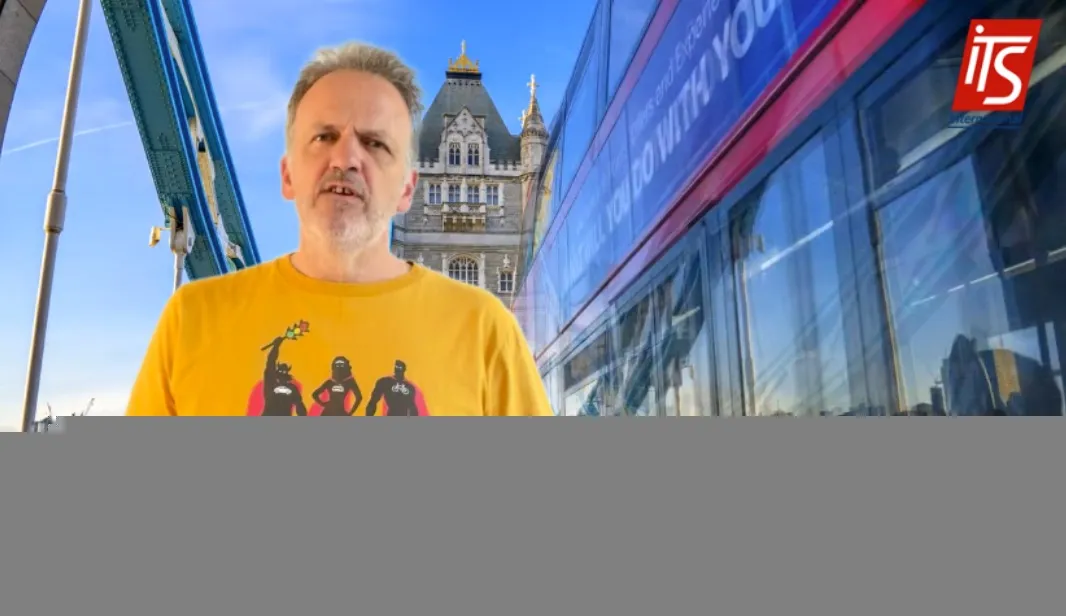March 26, 2021
"One thing that I don’t think a lot of Americans are aware of is how behind we are on bicycle and pedestrian safety," says US transportation secretary Pete Buttigieg, as he talks about moving infrastructure design away from the car...









